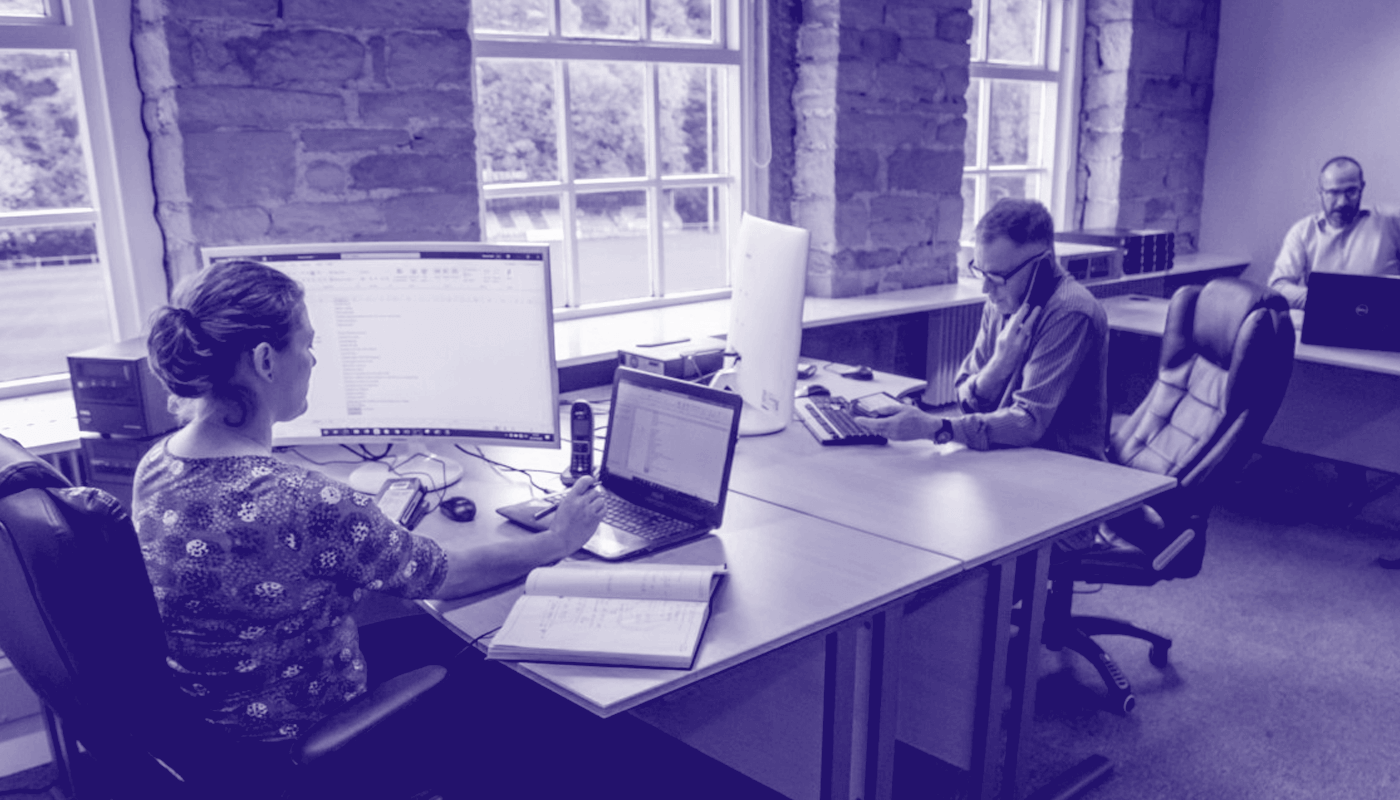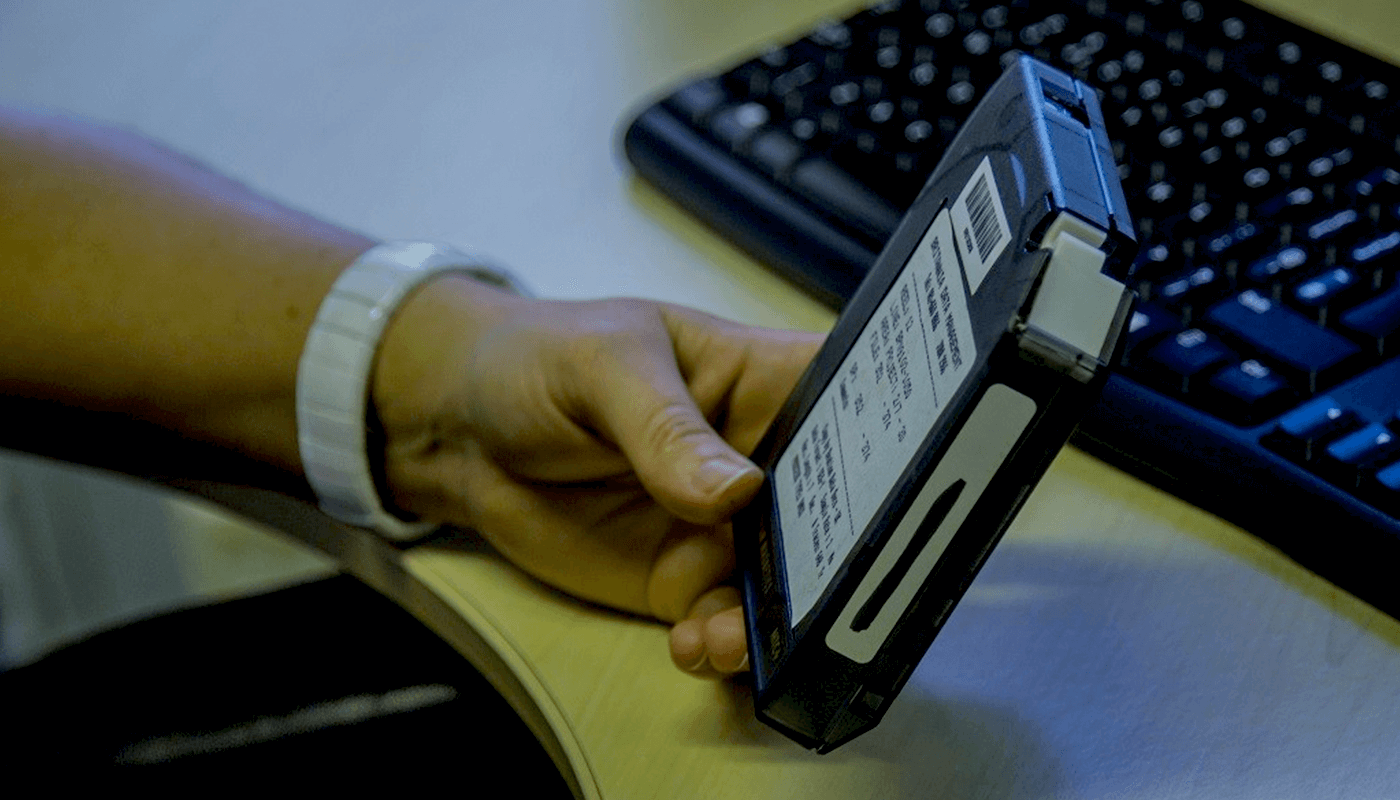
Five years ago we had a great idea – we thought one company to take care of every aspect of seismic data management was what the industry lacked – whatever our clients’ data needed, we would provide.
This was the starting point for Moveout. But there was a snag – even though we quickly assembled a team of very experienced technologists and engineers, there was no commercially available software which could support our ambitions. We needed a system to quickly and reliably extract data from tape, highlight and fix data formatting anomalies and then support key tasks such as quality control monitoring and the merging of seismic & navigation data. For a while this looked like a significant hurdle.

However, the answer was right under our noses – we’d build our own bespoke system. We had significant in-house talent in this area which enabled us to develop our own software and after a significant scoping exercise and many, many hours of coding, METASEIS was born. Suddenly the challenge of there being no suitable software became an opportunity – we could build in all the features we wanted and as Moveout developed, METASEIS would develop in tandem. We chose to write the system in JAVA, which allows us to easily run on both Windows and Linux systems, and enables us to use METASEIS on our server cluster as well as giving the whole Moveout team laptop-based systems. Developing our software in-house means no expensive license fees to pay, but the crucial competitive advantage METASEIS gives us is our speed of response when faced with unique legacy data challenges thrown down by our growing number of clients. Time and again we have secured projects through our ability to solve complex transcription tasks quickly and accurately through a quick front-end mod on METASEIS.

A great example can be found in one of our recent navigation merge projects. Both the seismic and navigation data came with several anomalies which some quick code changes in METASEIS soon got sorted. I could give you chapter and verse on the intricacies of seismic data and navigation formats coupled with various forms of encapsulation and concatenation, but if I tell you that there were three different interpretations of the SEG-D format (none of which were strictly standard) combined with missing source identifiers and some strange anomalies with water depths, you’ll probably get the idea. Even better than cracking that mixture was our client’s reaction to the time it took to complete the task which had been confounding others for months – a final 3D processing-ready volume ready within a week.


As 2020 comes to an end, we are completing an increasing number of navigation merges, tuning up METASEIS as we progress. We’ve been training up extra consultants to continue to meet our growing number of clients’ needs, while at the same time expanding our office space to service the tape transcription side of our business. More than ever we are convinced that METASEIS gives our clients a vital advantage. If you have tape transcription, data management or navigation projects coming up, or simply want to have a chat on any aspect of seismic data, then please do get in touch – we’ll surprise you with what we can do with your data.
